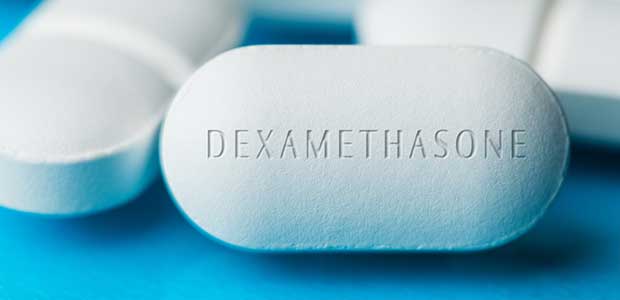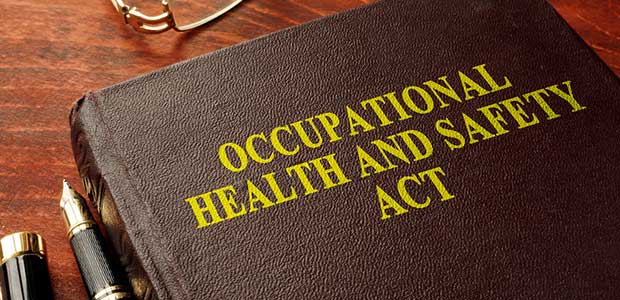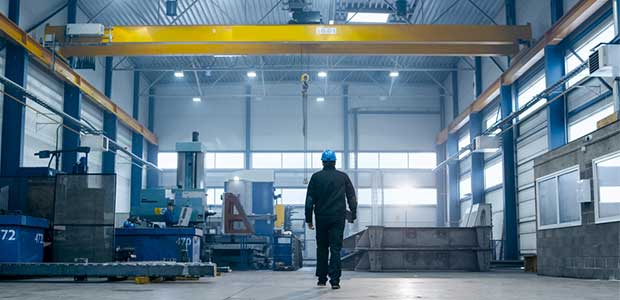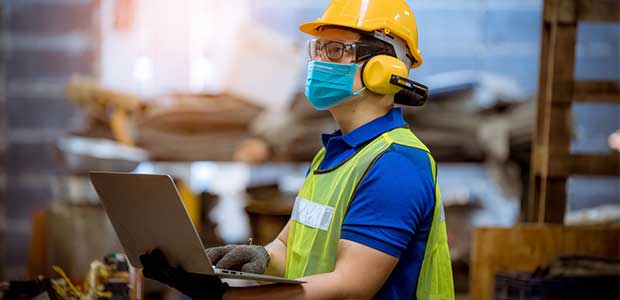
Studies show that steroids could reduce the risk of death for hospitalized patients on ventilators by about a third.
OSHA urges response crews and residents in areas affected by Hurricane Laura to be aware of hazards created by flooding, power loss, structural damage, fallen trees and storm debris.
National Preparedness Month is the perfect time to take a look at emergency policies and procedures—you never know when you're going to need a plan.

Capital Metro carefully manages complex guidance from OSHA, CDC and City of Austin to reduce COVID-19 exposure and infection.
Changes in the final rule were designed to clarify the standards, ensuring that the standard is well understood and compliance is simple and straightforward.

The question is: Why do workers continue to get injured on the job despite federal standards interjecting?
Red Wing Shoe Company to promote jobs, not boots, transforming its more than 525 stores into job centers and turning its customer service line into a job search hotline.
Now, more than ever, it is important to be mindful of employees’ entire wellbeing.

High-visibility vests are under-appreciated and underestimated—especially in an industry such as construction.

Technological advancements in monitoring methods—especially personal monitoring equipment—have presented unintended possibilities for aiding in the fight against COVID-19 in the workplace.

Should we not create a future where equipment enhances a worker’s ability to perform in demanding environments?
A deep dive into the NFPA 70E and 2112 flash fire standards, and how you can best use them to fit your workers with PPE.

Did you know that the ANSI/ASSP Z10.0 Standard provides a framework for OHS management and industrial hygiene? Here are some tips on how to leverage this standard to better safeguard your workers.

The oil and gas industry is an inherently hazardous business.

Industrial vacuums are the right tool for preventing secondary explosions.